While many band directors will agree that formative assessment takes place continuously throughout a rehearsal, it can be difficult to measure the understanding of individual students, as opposed to the group majority. Luckily, there are many ways to use technology for quick, formative assessments during band rehearsals and lessons. The tools mentioned here will include some that provide data, others that will give a snapshot of what students know and/or can do, and one that can be used with only the director’s phone or tablet.
Formative Assessment: with Data
If your school is 1:1 with student devices there are many tools you can use for formative assessment. Here are five you can use to collect data as a result.
Kahoot is a game-based online tool where you can create a series of multiple-choice questions. Questions appear on a projected screen and players answer on their individual devices, using either the website or free app. In music, this is great for assessing knowledge of symbols or terminology, surveying student interest or understanding, or even as a pre-test. While there are many ways to play Kahoot, students definitely enjoy the live game where they “compete” against each other to answer questions the fastest. At the conclusion of the game, directors can download the results including student answers, summaries, and individual question data.
Socrative, Quizlet, and Quizzizz are similar to Kahoot, with many of the same features such as quizzes, games, exit tickets, and student data. Quizlet even gives you the ability to create flashcards for students. Sometimes it’s nice to have alternatives!
Many people know how to use Google Forms for surveys, but did you know they can also be used as a self-grading quiz? While Google Forms do not have the same game-like aspects of Kahoot, they are easy to set-up and include the option to add videos. Imagine giving students a video example including dynamic changes and asking what they heard. The results of a Google Form quiz are tabulated in a Google Sheet, and you can sort or chart the data as needed. In addition, with add-ons like Autocrat, you can even email the results to students or parents if desired.
Pear Deck is a slide presentation program that allows you to embed formative assessments. I use Pear Deck to create simple slides to accompany my entire rehearsal plan. Assessment questions can either be pre-planned or spontaneous, which students answer on their individual devices. This is great for asking specific questions throughout the rehearsal, such as what a tempo marking meant, or asking students what section of a piece still confuses them at the end of rehearsal. One benefit to Pear Deck is that questions can be multiple choice or short answer. Directors can export results to a spreadsheet as well.
Formative Assessment: Snapshots
Sometimes multiple choice or short answer assessments don’t provide band directors with the information we need. Since our classes are performance-based, we often need to see what students can do, not just what questions they can answer. These next two tools are great for providing you with a “snapshot” of what students can do.
Padlet is a tool I use for many different things, including formative assessment. A Padlet is a virtual bulletin board where users can post text, images, videos, and links. Students are able to see each other’s posts, and add comments, “likes” or other reactions if you choose. In my class students have used Padlet to post short videos of specific skills, pictures of assembled instruments or playing positions, and even pictures of music with counts written in. This gives me the ability to quickly see which students understand the skill in question
Flipgrid might be my favorite new tool this year – and my students’ favorite too! Flipgrid is a video response platform intended to spark discussions and build community. For music, I use Flipgrid to have students demonstrate skills, create how-to videos, and perform on their instruments. Directors can watch student videos and provide feedback via rubric or by recording your own video responses. Flipgrid is an easy way for you to get a quick view of what students can do. I have assigned Flipgrid assessments both in class and for homework. In class, the students would often work with a partner. While it might get loud in a room with 30 students, I can still determine which students understand the concepts and which need more help. Students love Flipgrid because they are able to watch each other’s videos and, if you choose, add their own video responses. In addition, students must add a “selfie” to each video, which can include stickers and emojis. The selfies don’t have any impact on the video itself, but students enjoy this creative outlet! Flipgrid is both web-based and available as an app. (For more suggestions on using Flipgrid, check out this blog post I wrote: Using Flipgrid in Instrumental Music).
Formative Assessments: No Student Tech Needed
Not everyone is in a situation where each student has a device, and even if you are, there are some days when you just don’t want to use them! That’s where Plickers can help. With Plickers, the only person who needs a device is the teacher. To use Plickers you first print one Plicker card for per student – every card is slightly different, like a QR code, and has the letters A, B, C, and D on each side. The director asks the students a question, and students hold their cards up with their answer (A, B, C, or D) on top. You then scan the room with the (free) Plickers app and can get reports of student data. Quick and easy! (For more suggestions on how to use Plickers in band, check out this post: Plickers For Band).
At the end of the day, could you continue asking students to raise their hands if confused? Absolutely. Could you assume that when the ensemble plays something correctly, all of the students feel confident about it? Sure. But you are taking a risk. A risk that your 3rd clarinet player didn’t raise his hand because no one else around him did. A risk that your 2nd alto sax player is just following the kids on either side of her. Doing formative assessment as described above takes away that risk. The 3rd clarinet player won’t feel bad holding up his Plicker card indicating he doesn’t understand – because no one else will know. And 2nd alto sax player can’t hide among her friends when recording a Flipgrid video. You’ll now have the power to give those players the help they need.
Theresa Ducassoux is currently a 4th-5th grade band and orchestra director in Arlington, Virginia. She spent the first 13 years of her career teaching music in a variety of settings in Southeast Pennsylvania. Theresa has earned a bachelor’s degree in music education from Penn State University and a master’s degree in instrumental conducting from West Chester University. She is also a Google for Education Certified Trainer. She frequently incorporates technology into her teaching as a way to enhance and personalize student learning. Theresa blogs at www.offthebeatenpathinmusic.com.
Related Reading:
Adding Gadgets to Your Rehearsals
Free Note Name Video That Teaches, Reviews and Assesses
What is Google Classroom?
Don’t forget to like us on Facebook!
Learn. Share. Inspire.
BandDirectorsTalkShop.com
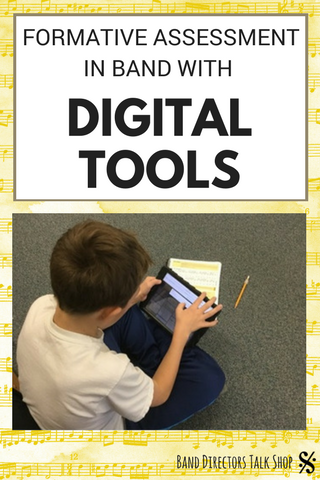
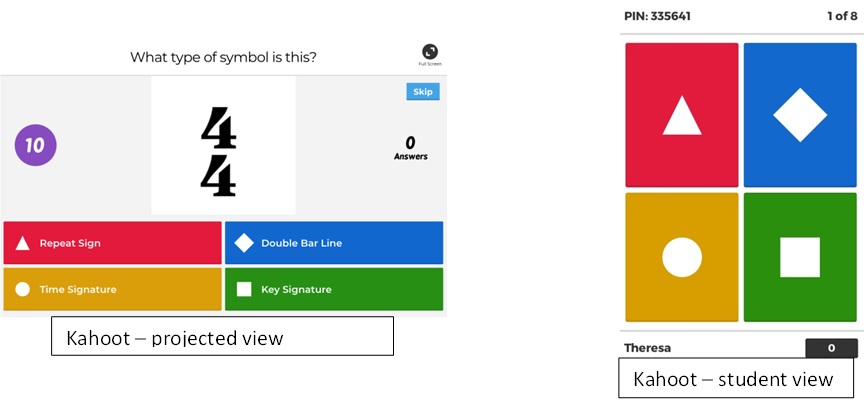
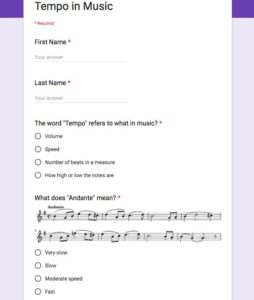

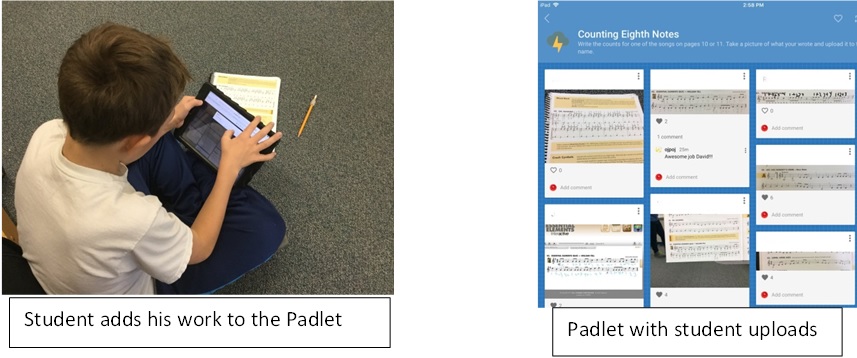

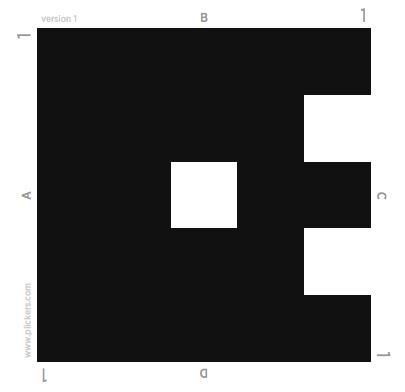



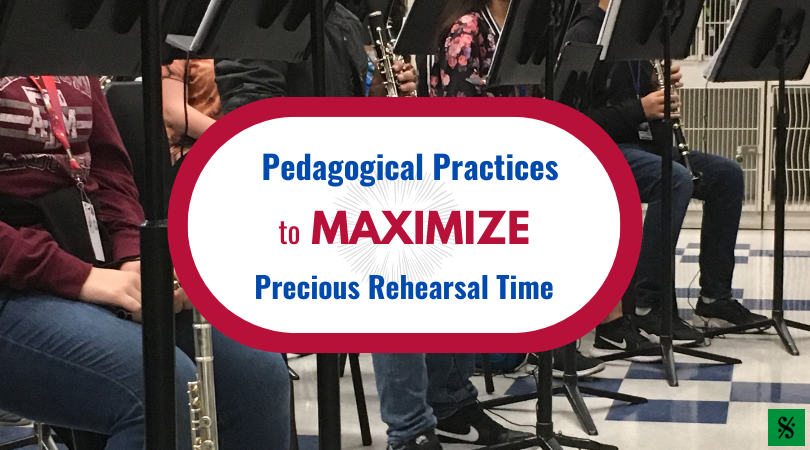


Leave a Reply
You must be logged in to post a comment.